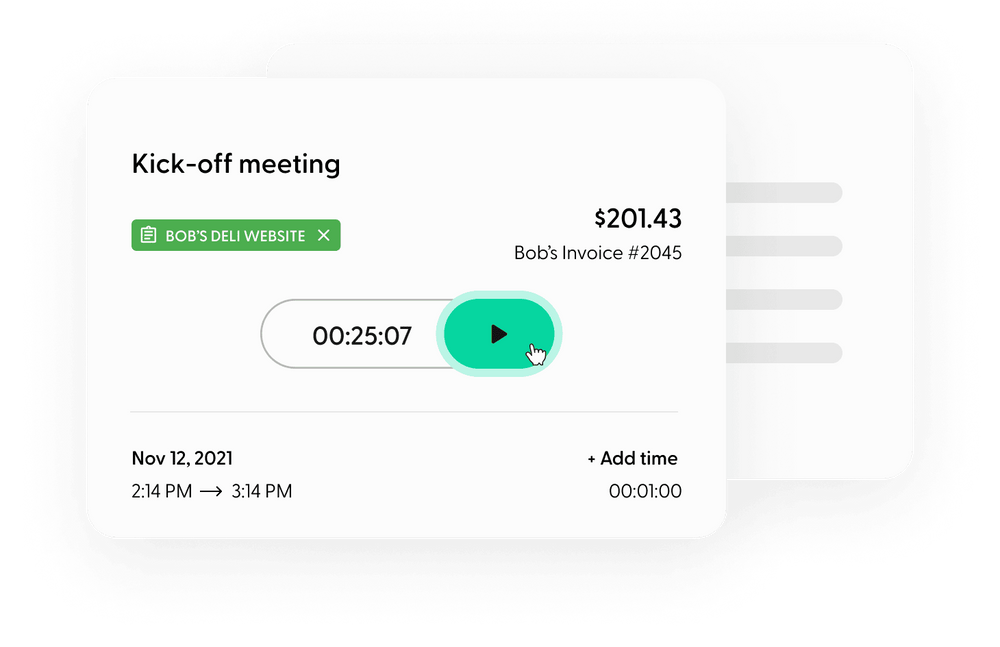Whether you’re a one-person freelance company or have a team that you work with, goals are imperative in terms of providing direction for your company.
Goals can be around revenue growth, customer satisfaction, or just about anything associated with improving your business long-term. Once set, you need to establish measurable objectives supporting them. The article How to Set Goals does a great job of explaining goals and what criteria should be used when setting supporting objectives.
So what are measurable objectives? Measurable objectives are simply sub-goals to your primary goal that can be measured with a number. Since primary goals are meant to be intangible, measurable objectives give you a tracking system to determine how close you are to success. To help you get a better idea of what these tasks look like we have outlined five common examples of measurable objectives for businesses to consider using below.
Outcome-Based Objectives
Depending on what services you provide you may set goals based on outcomes. For example, if you are a freelancer who typically works with non-profit organizations you may notice that they aren’t as concerned about revenue as they are about making a difference. Typically, they set goals around a specific type of outcome.
A good example of this would be if you were working with an animal shelter on improving their social media. They may want to decrease the length of time it takes for their dogs to be adopted by sharing more stories and pictures of Facebook. Now in order to see if they are achieving this goal you could track how long the average dog stays in the shelter compared against the length of stay before increased efforts on social media.
Revenue Based Objectives
For most freelancers, revenue is the most common goal we’ll encounter because our work is tied to the ROI (return on investment). Measuring revenue and profit is an effective way of tracking if we are hitting goals.
Measurable objective examples for revenue can include things like tracking the number of customers who buy a product after visiting a new landing page on a website or it might be calculating the amount of revenue growth of a product after the images were updated.
Customer-Based Objectives
Many people who work with revenue targets will often have goals associated with customer metrics as well. Often these goals revolve around customer experience, satisfaction, or loyalty. It is easy to see why the two are frequently seen together, as an improvement in customer experience will naturally lead to an increase in revenue.
Examples of measurable objectives for businesses who focus on customer goals include: improving the business' review rating to drive a higher demand for its service or product. Other common objectives could be customer satisfaction scores, net promoter scores, and customer request volume.
Wherever you’re at in your freelancing journey, consider what types of goals you should set and the types of measurable objectives that will help you accomplish them.




